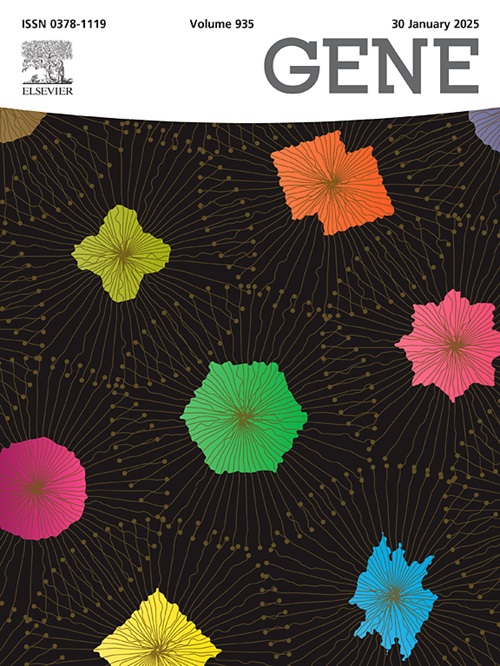Exploring the dual role of SIVA1 in cancer biology
IF 2.6
3区 生物学
Q2 GENETICS & HEREDITY
引用次数: 0
Abstract
The intricate molecular mechanisms associated with cancer development continue to engage researchers due to the significant impact of the disease on global mortality. This review delves into the role of the apoptosis regulatory protein SIVA1, which has emerged as a significant player in cellular homeostasis. SIVA1, initially characterized as a pro-apoptotic protein interacting with the TNF receptor CD27, has since been implicated in various cellular contexts, revealing its complex functional dynamics. The SIVA1 gene, located on chromosome 14, encodes a protein containing distinctive structural features, including an amphipathic helix and a death domain homology region. Localization studies show that SIVA1 is present in both the cytoplasm and nucleus, with its expression linked to tumor differentiation. Investigations into SIVA1′s interactions have uncovered its pro-apoptotic mechanisms, such as binding to anti-apoptotic proteins from the BCL2 family, thus promoting apoptosis under stress conditions. Interestingly, SIVA1 also exhibits tumor-promoting properties in specific cancer types, suggesting a dual role in apoptosis induction and tumor progression. As research progresses, understanding the regulatory mechanisms governing SIVA1′s multifaceted functions could pave the way for novel therapeutic strategies aimed at manipulating its activity for improved cancer treatment outcomes. Future studies are warranted to clarify SIVA1′s contextual roles and explore its potential clinical implications.
求助全文
约1分钟内获得全文
求助全文
来源期刊

Gene
生物-遗传学
CiteScore
6.10
自引率
2.90%
发文量
718
审稿时长
42 days
期刊介绍:
Gene publishes papers that focus on the regulation, expression, function and evolution of genes in all biological contexts, including all prokaryotic and eukaryotic organisms, as well as viruses.
 求助内容:
求助内容: 应助结果提醒方式:
应助结果提醒方式:


